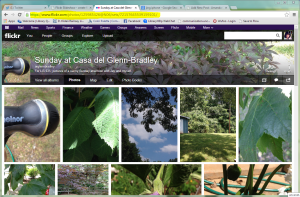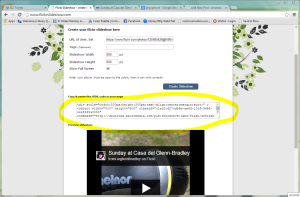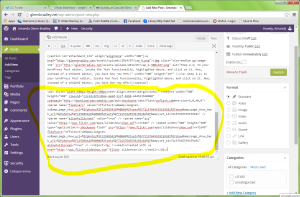Can we pretend that airplanes
In the night sky are like shooting stars?
I could really use a wish right now
Wish right now
Wish right now
— “Airplanes” by BoB featuring Hayley Williams of Paramore
I’ve tried to start this blog post numerous times today yet an opening seems to be stuck on the tip of my mental tongue. Some folks that I know can bang out any manner of written work without an introduction but alas, I am not one of those gifted individuals. So yes, I realize it’s a bit of a cop-out to have this section where I talk about the inability to start this post.
Five years ago, I hated myself and my life. I had tried for years to work as a florist both independently and for established shops. I was admittedly stuck in the same rut that many mid-2000’s graduates found themselves faced with; underemployed and overwhelmed with the lack of options and opportunities. I had no faith in my skills or intelligence, no real satisfaction in my life or work, and no desire to keep trying and failing. My relationships were suffering mightily because of this whole quagmire.
Five years ago today, November 5, 2010, I boarded a plane bound to Seattle, Washington. This was under the auspices of visiting my younger cousin and I jokingly called it my “eat, pray, love” trip. Really though, that wasn’t far from the truth. Like Elizabeth Gilbert, I felt lost despite having the appearances of a happy life. I didn’t take it to quite the extreme that she did (read: I’m still legally entangled with J, and we’ll get more into that in a minute), but I desperately needed an escape from those appearances.
That escape saved me. It saved my relationships, it saved my sanity and, in all definitions of the term, it saved my life.
I immersed myself in a city that had no predefined notions of who I was and who I should or should not be. I connected with friends, old and new. I laughed until I cried. I experienced views unparalleled to anything I witnessed prior. I tasted incredible food (and coffee, for that matter!) and experienced a sense of freedom I had longed for. I re-learned how to actually live, not just survive.
So, let’s fast forward five years. I’m curled up on my couch, a menagerie of cats and dogs strewn between J and I as I type this in the house we own together. I now have a career (not just a job) that I love after taking another Seattle-esque plunge and going back to college. I feel valued and appreciated where I work rather than taken advantage of. I see a future for my career, my relationships, and my life.
I’m not going to lie and say that the trip instantly changed things for the better. Things got darker for a spell before they got better. I wrestled with continued feelings of inadequacy and doubt. It took almost another year for things to come to fruition.
Four years ago, I applied to and was summarily accepted to UNC Asheville as a second-degree student.
I found a home on campus in my academic department and, thanks to that academic family, a job in the library. I dealt with a massive reduction in hours and the eventual loss of my old primary (read: not library) job, but what would have derailed me in the past was merely a momentary bump.
You see, the day after I found out that I was losing my job, I told our university librarian (my boss; I worked as her student admin assistant on a semester-long incentive fund job) about what happened. By the end of my shift, she had secured funding for me to keep my job with her for the next semester and encouraged me to apply for the competitive internship at the reference desk.
Three years ago today, I applied for graduation at UNC Asheville.
Two years ago, I discovered that my choice to pursue library and information studies in graduate school was the right choice for me
One year ago today, I found out that I had an on-campus interview for a dream-come-true position at my alma mater.
Today, I am in a MUCH better place than five years ago. Things might not be sunshine, roses, and chocolate 24/7/365, but I’m in a great relationship with a person that, good Lord, I can never thank enough for sticking by my side during this crazy five-year ride. I have a career (not just a job) that I find exciting and engaging in a field that is far from static. I have incredible professional and personal relationships. I. Am. Happy.
I made a wish on an airplane five years ago. That wish? I wished for answers.
Wishes come true. Wishes truly come true. Jump, my loves. Find your airplane in the night sky.





